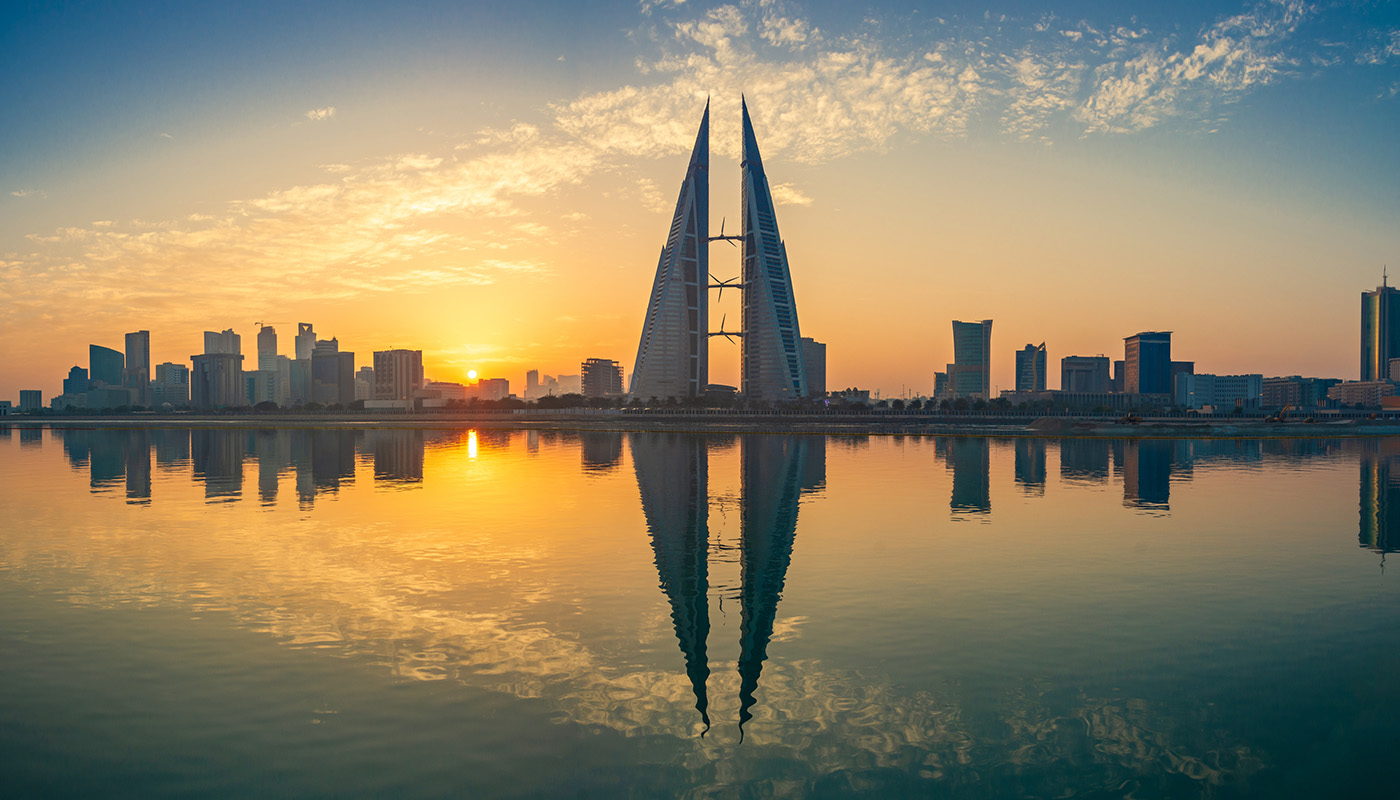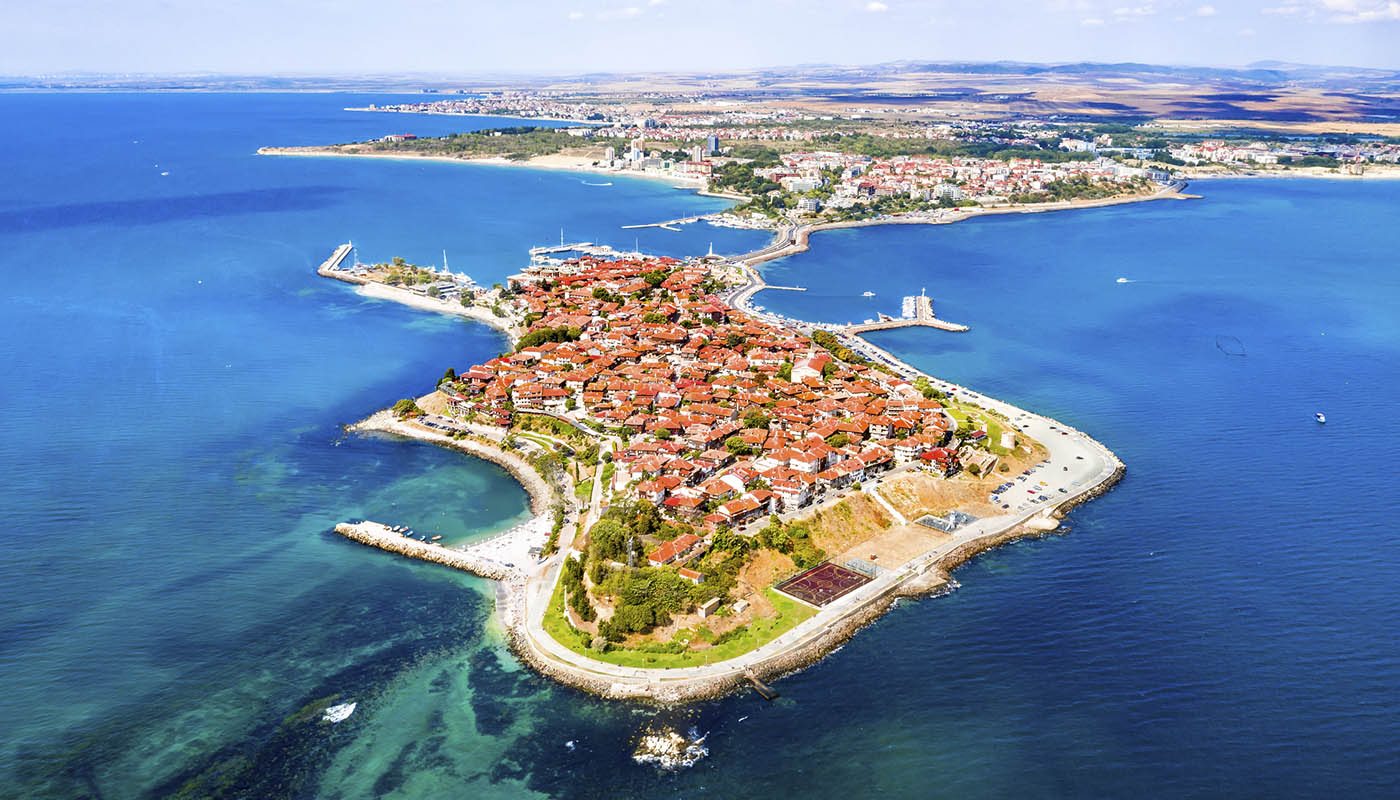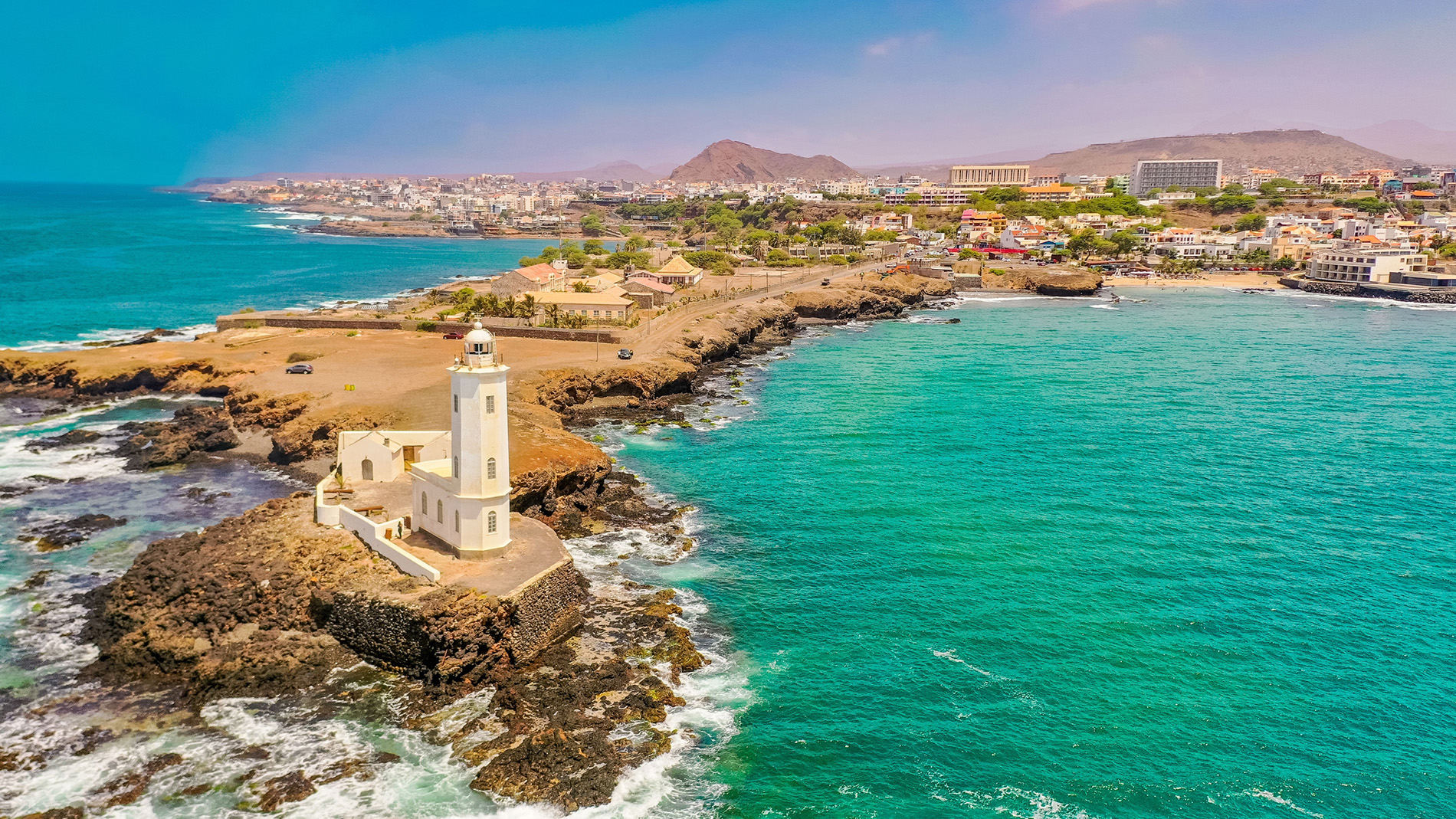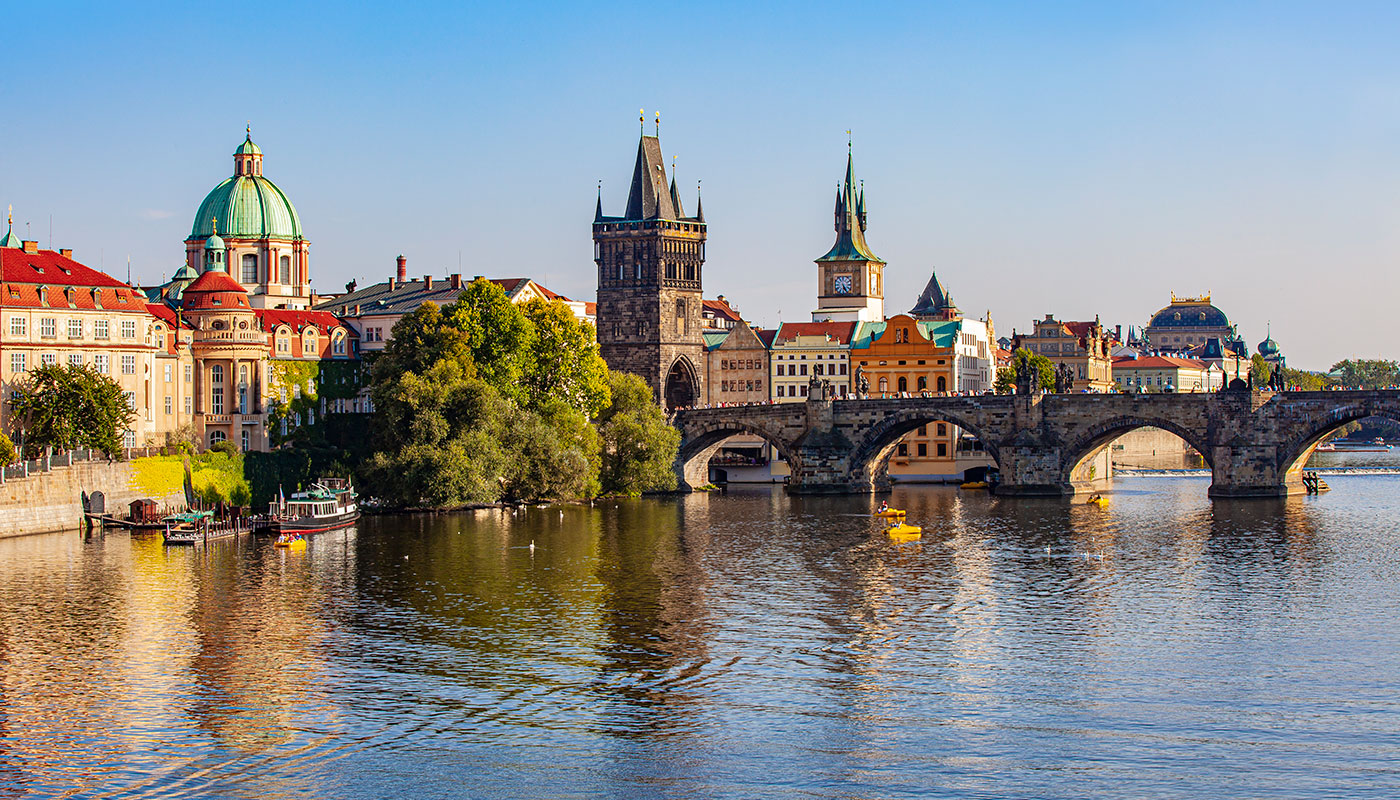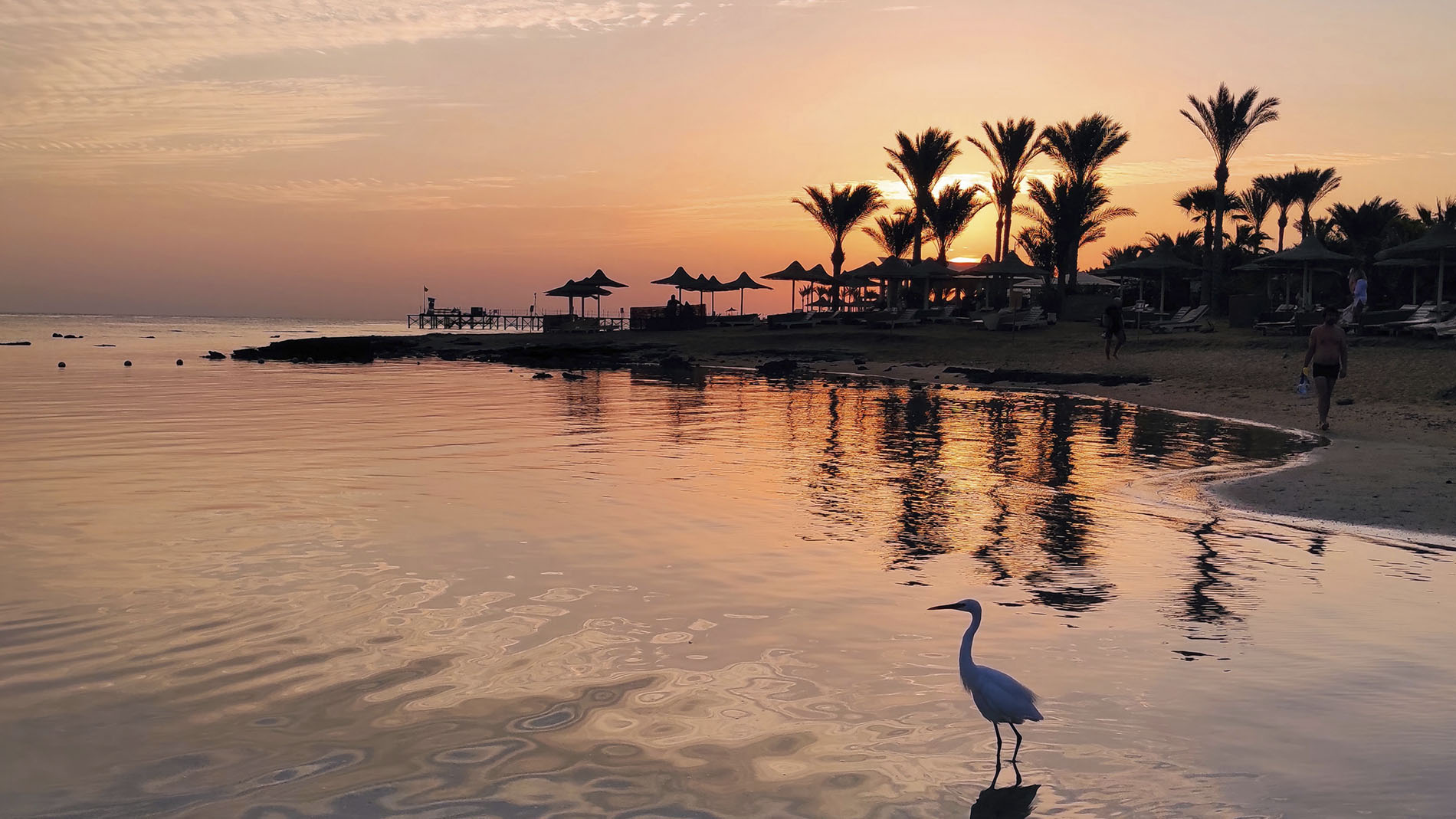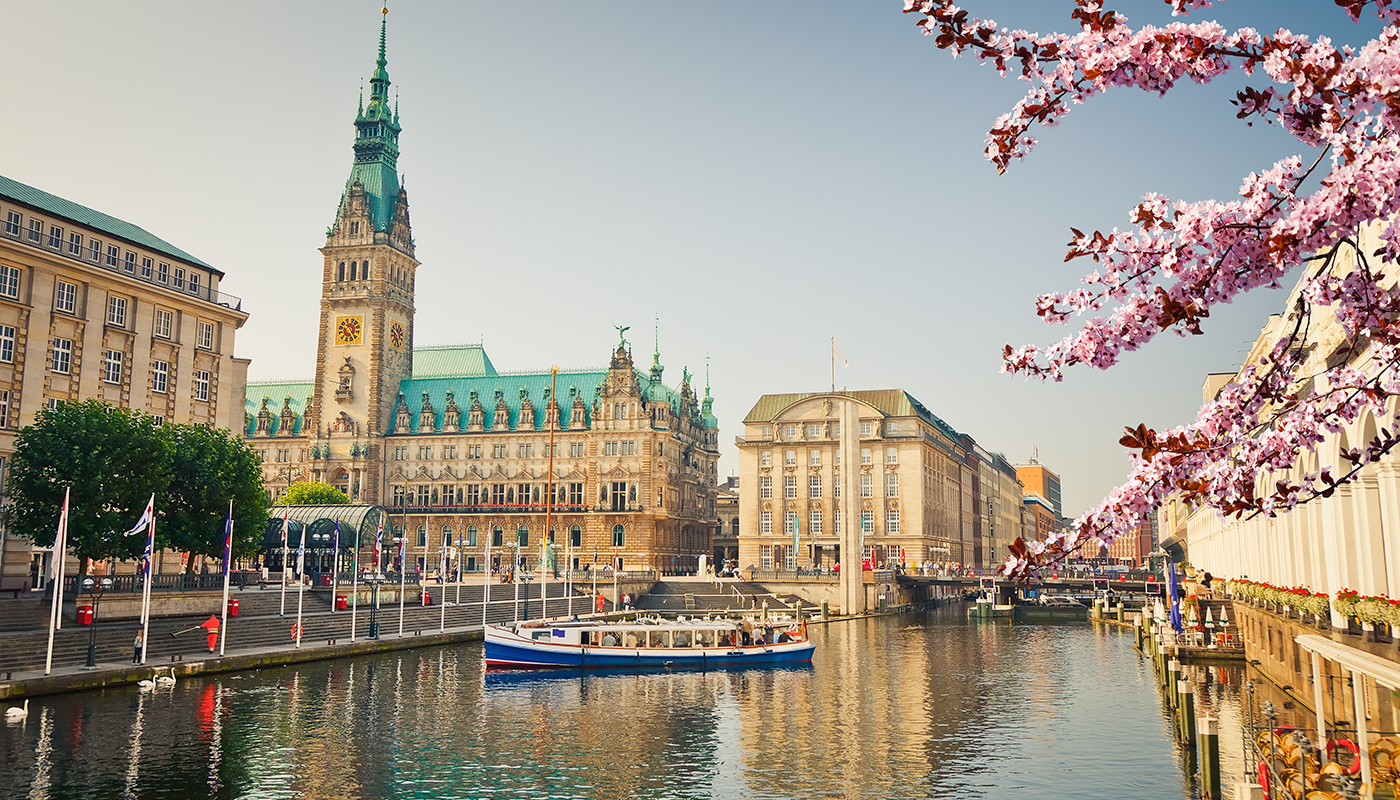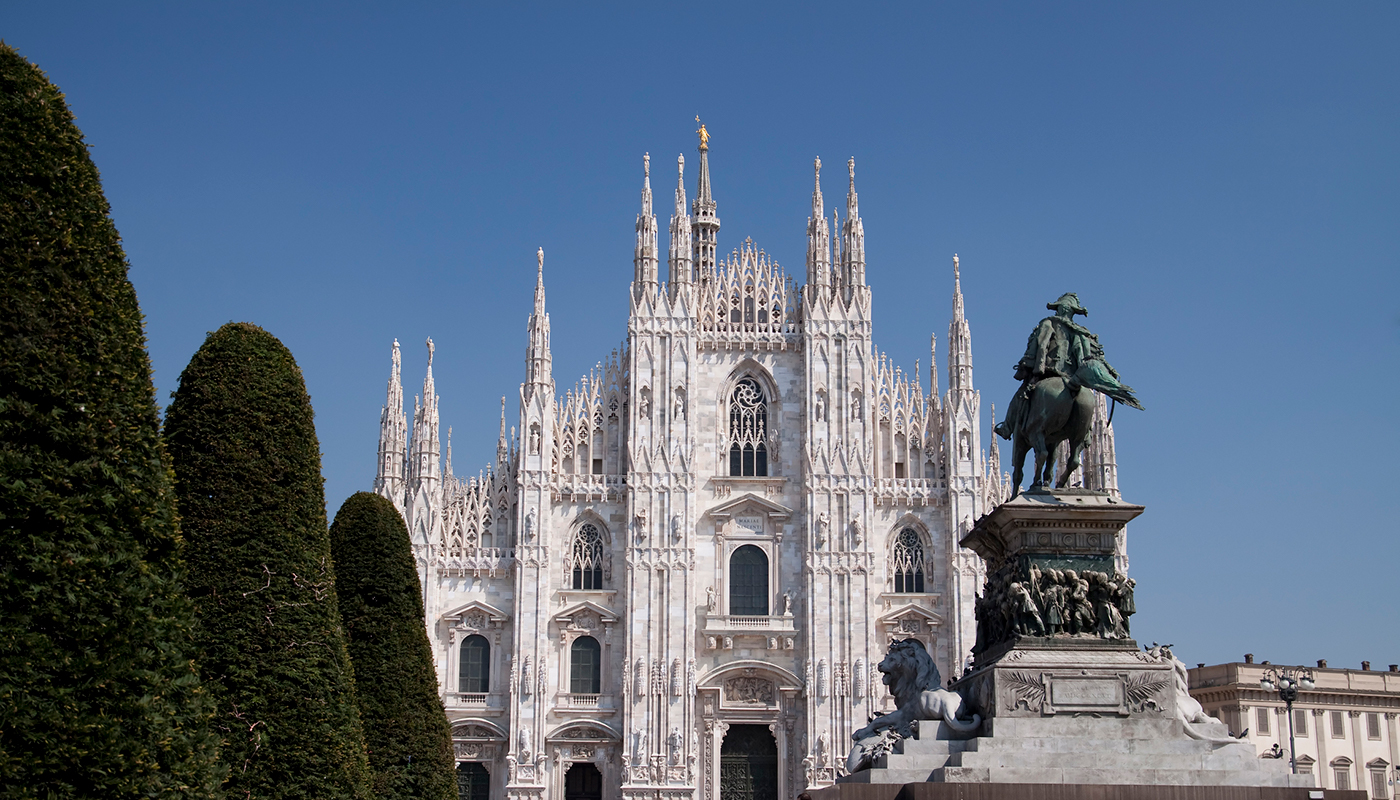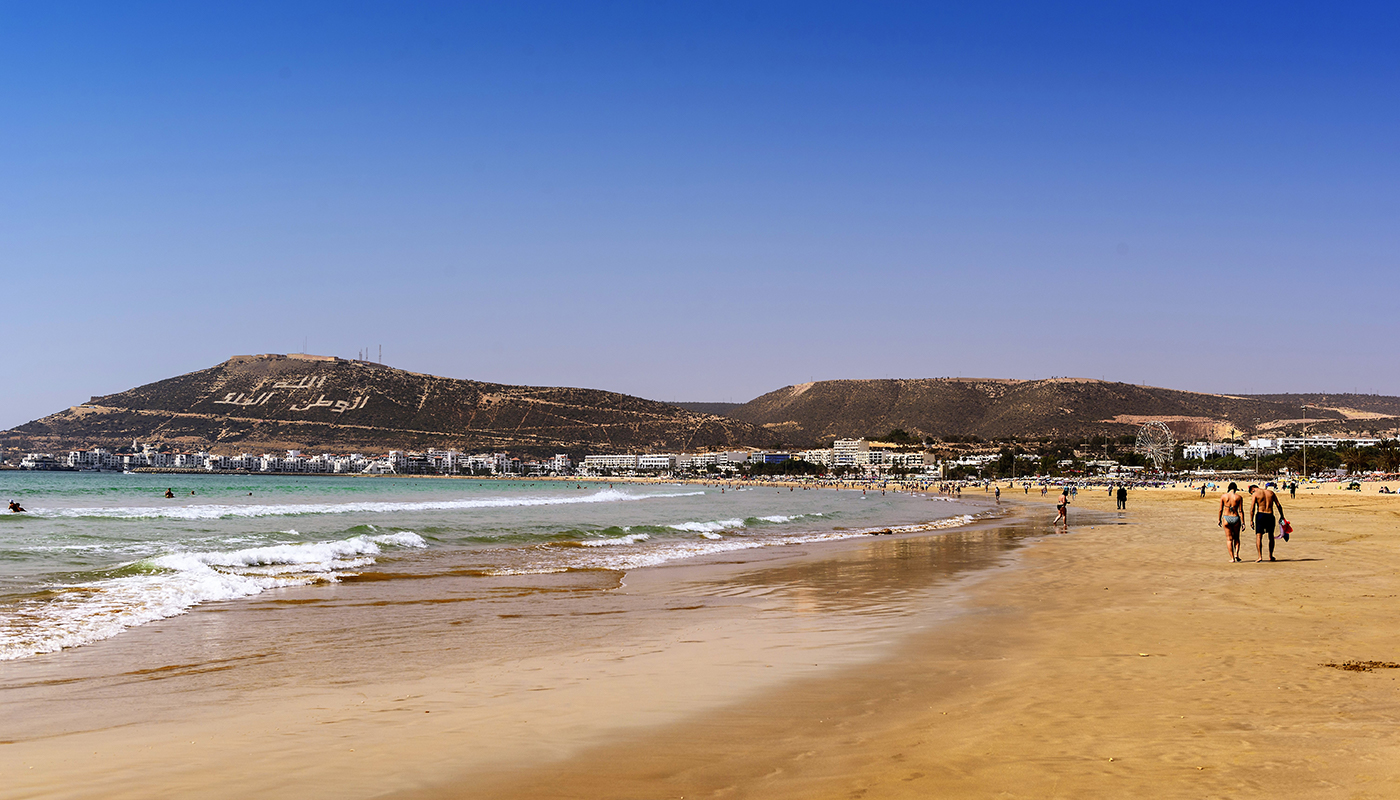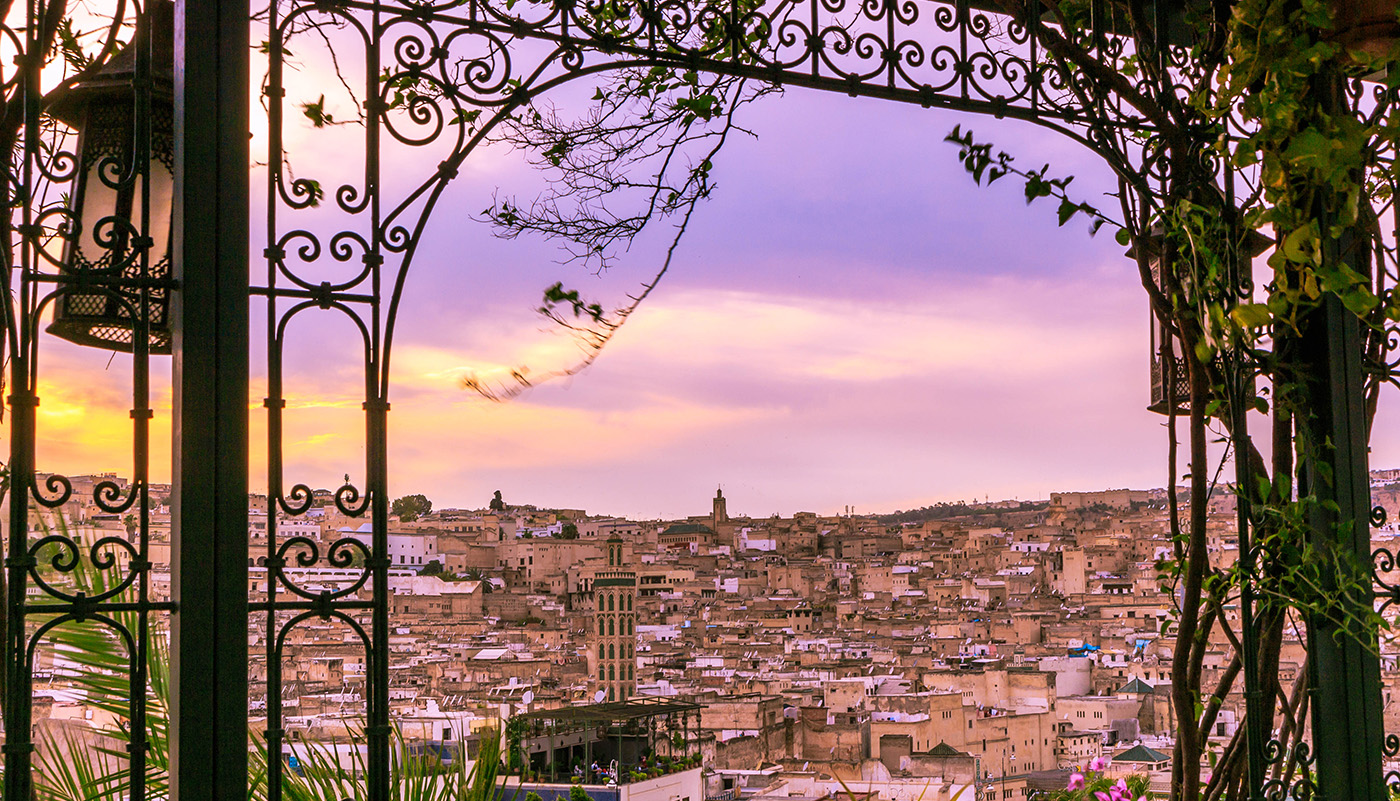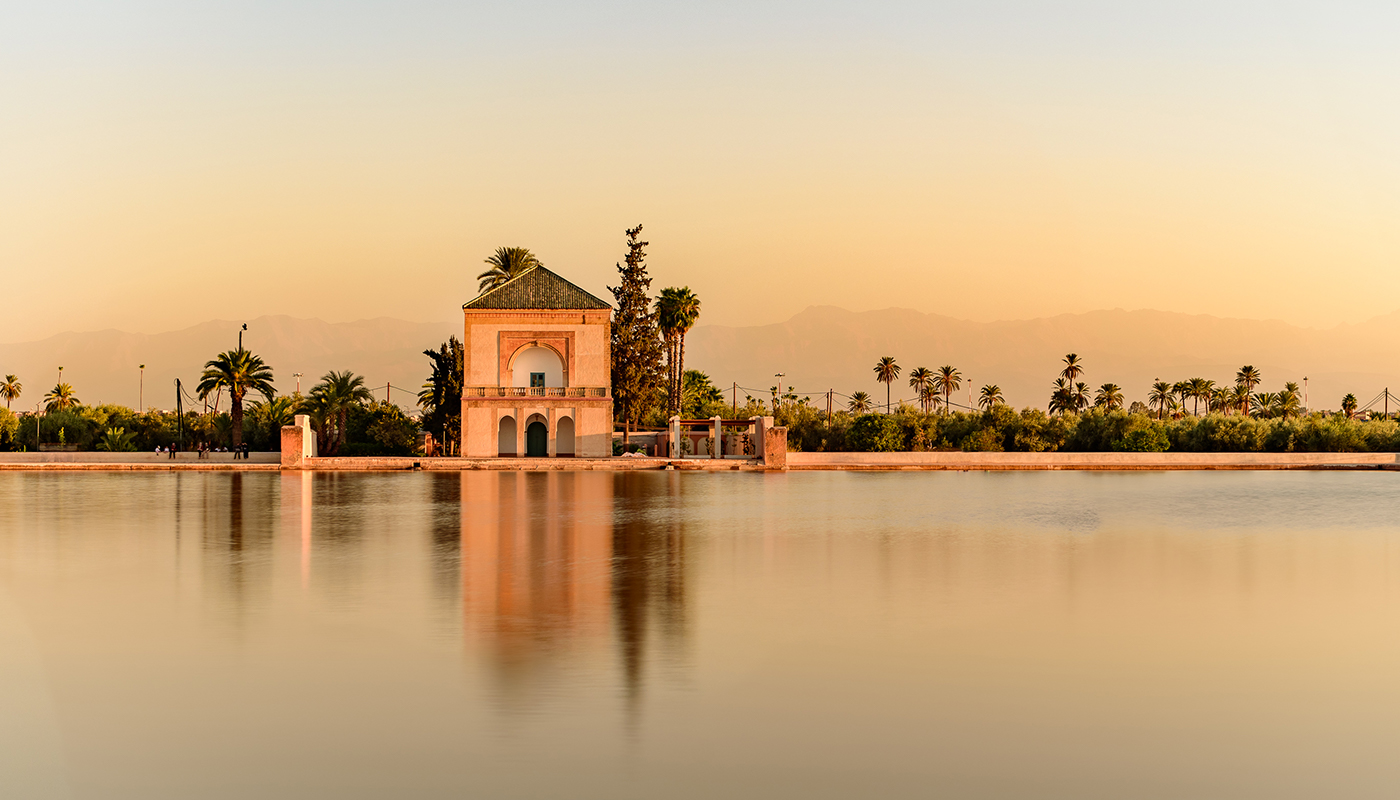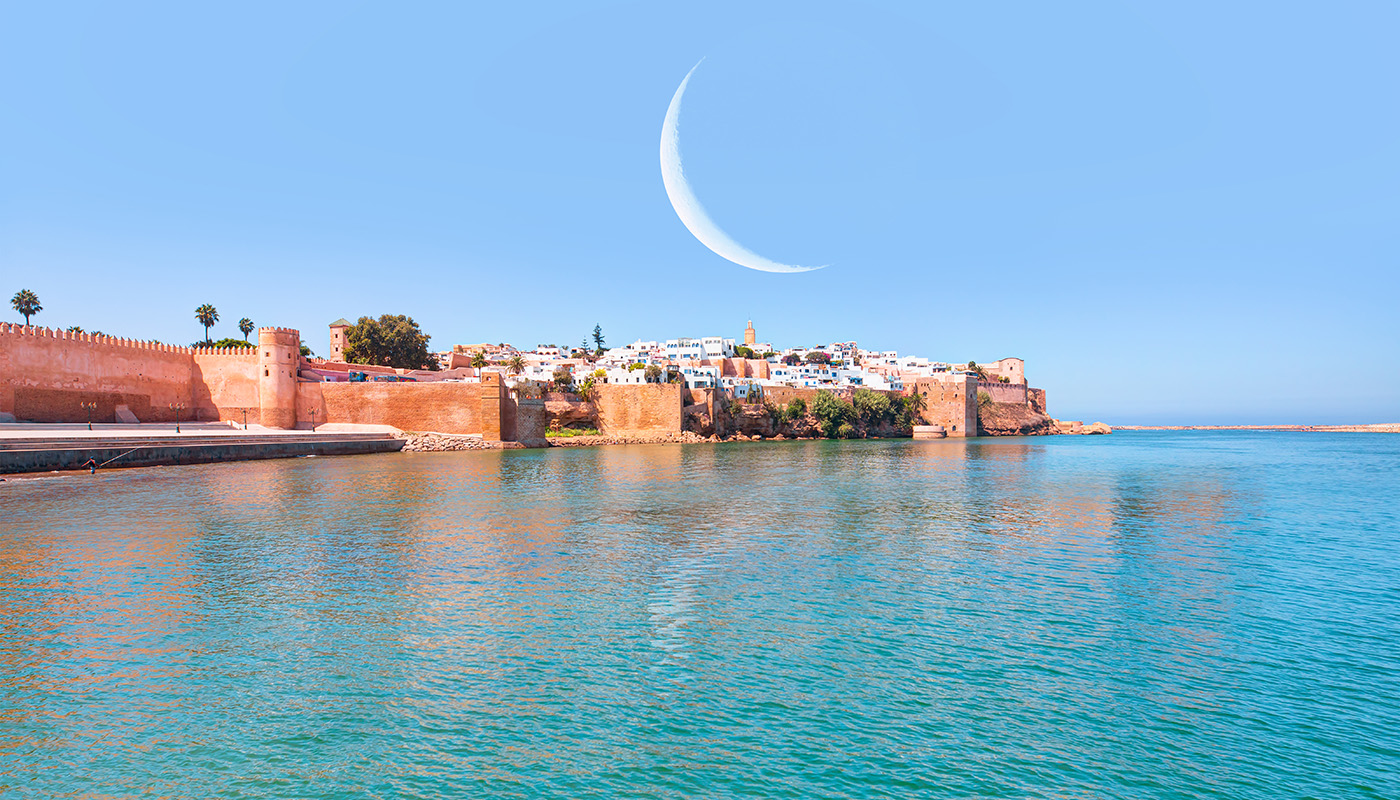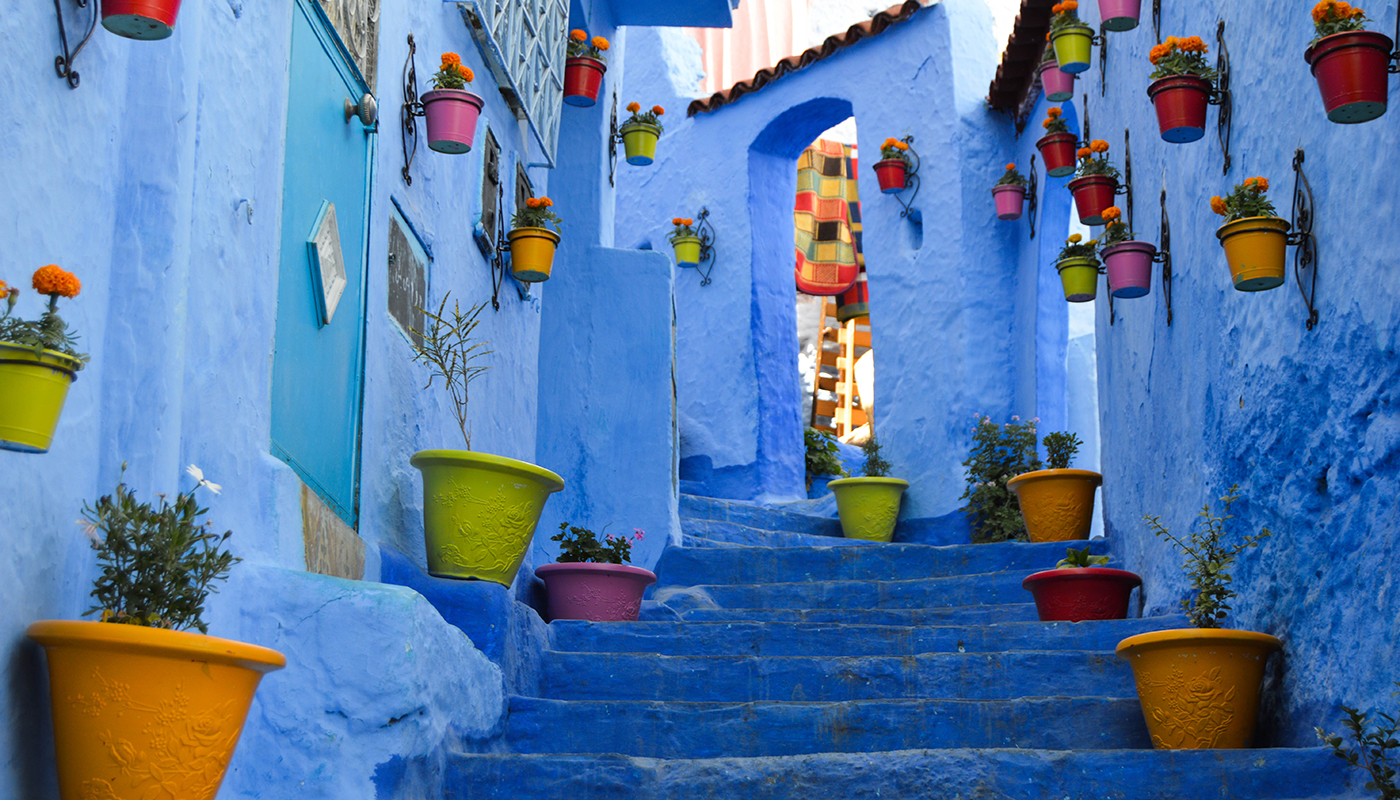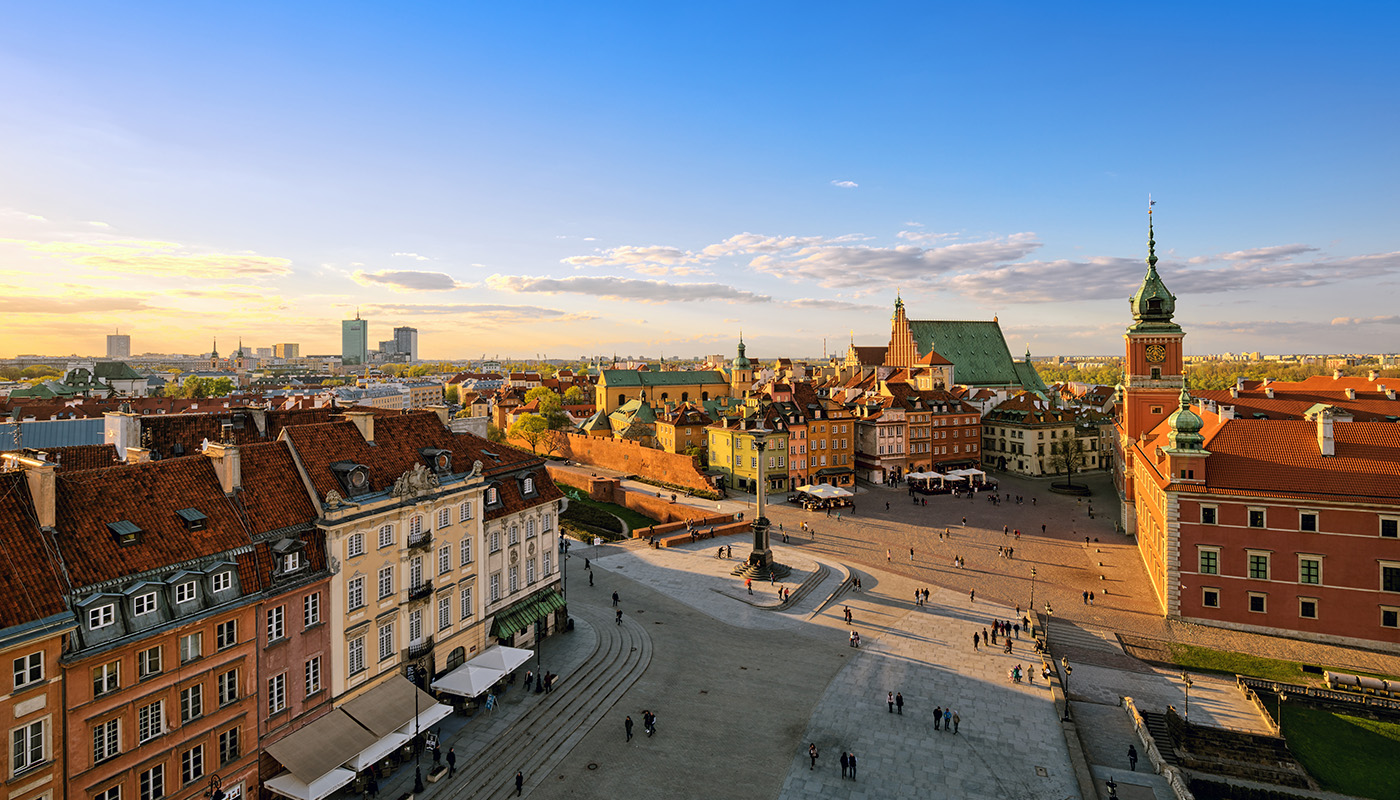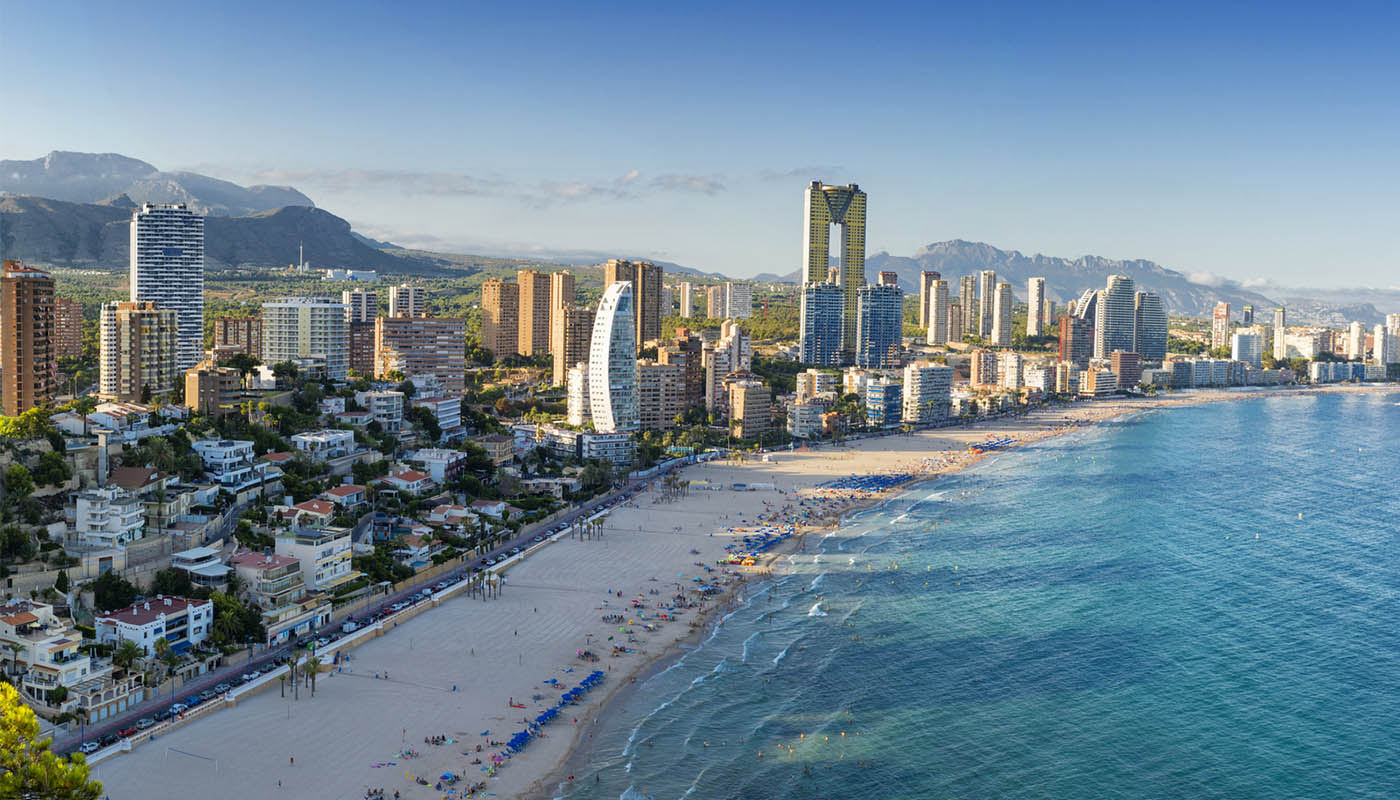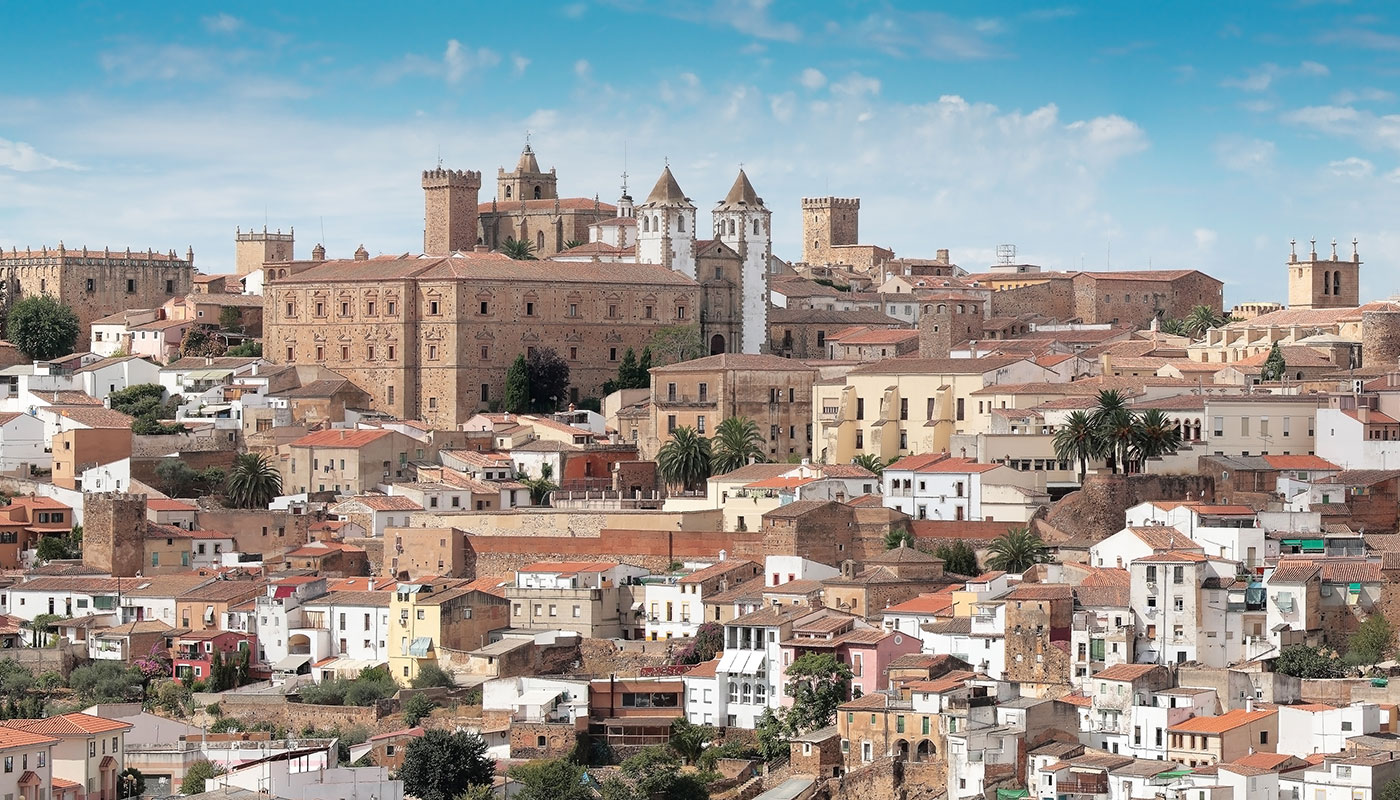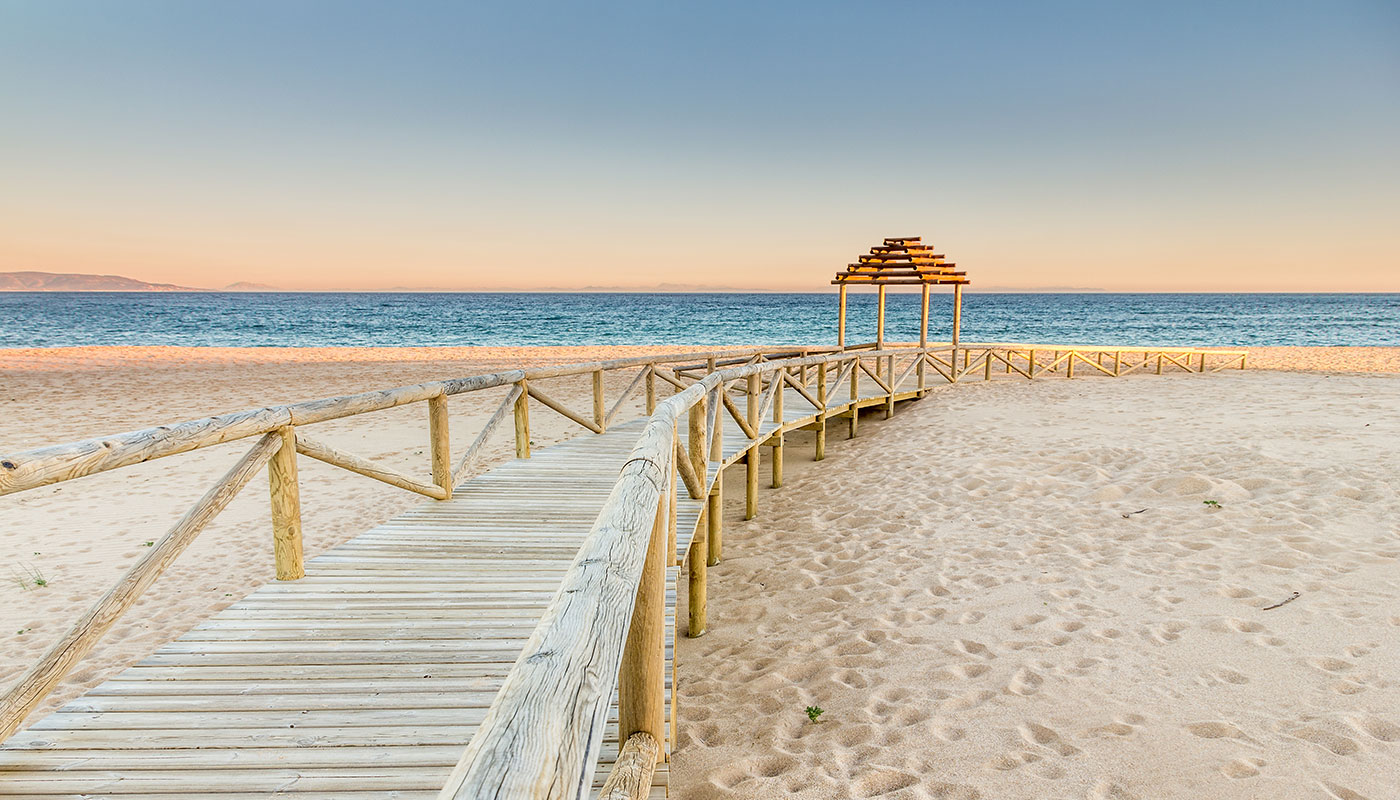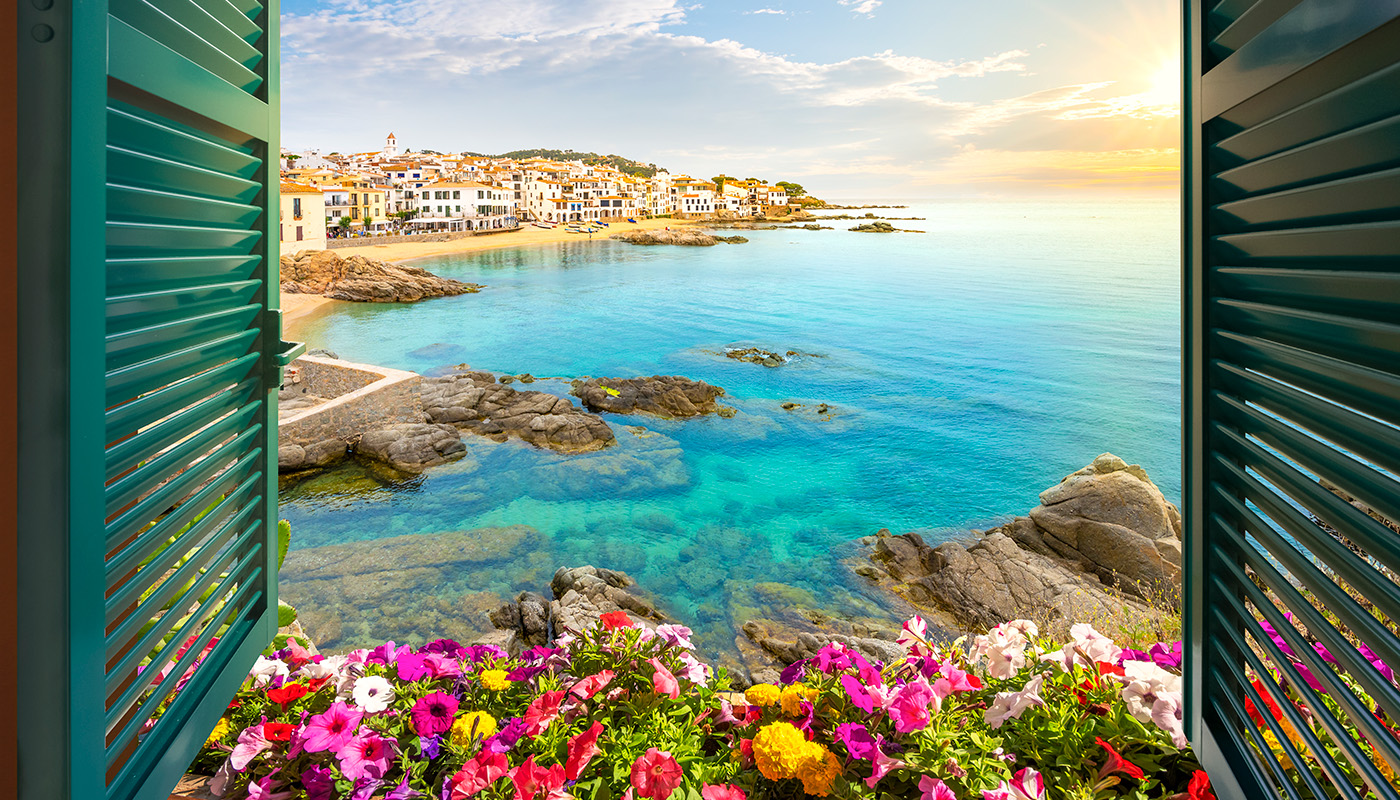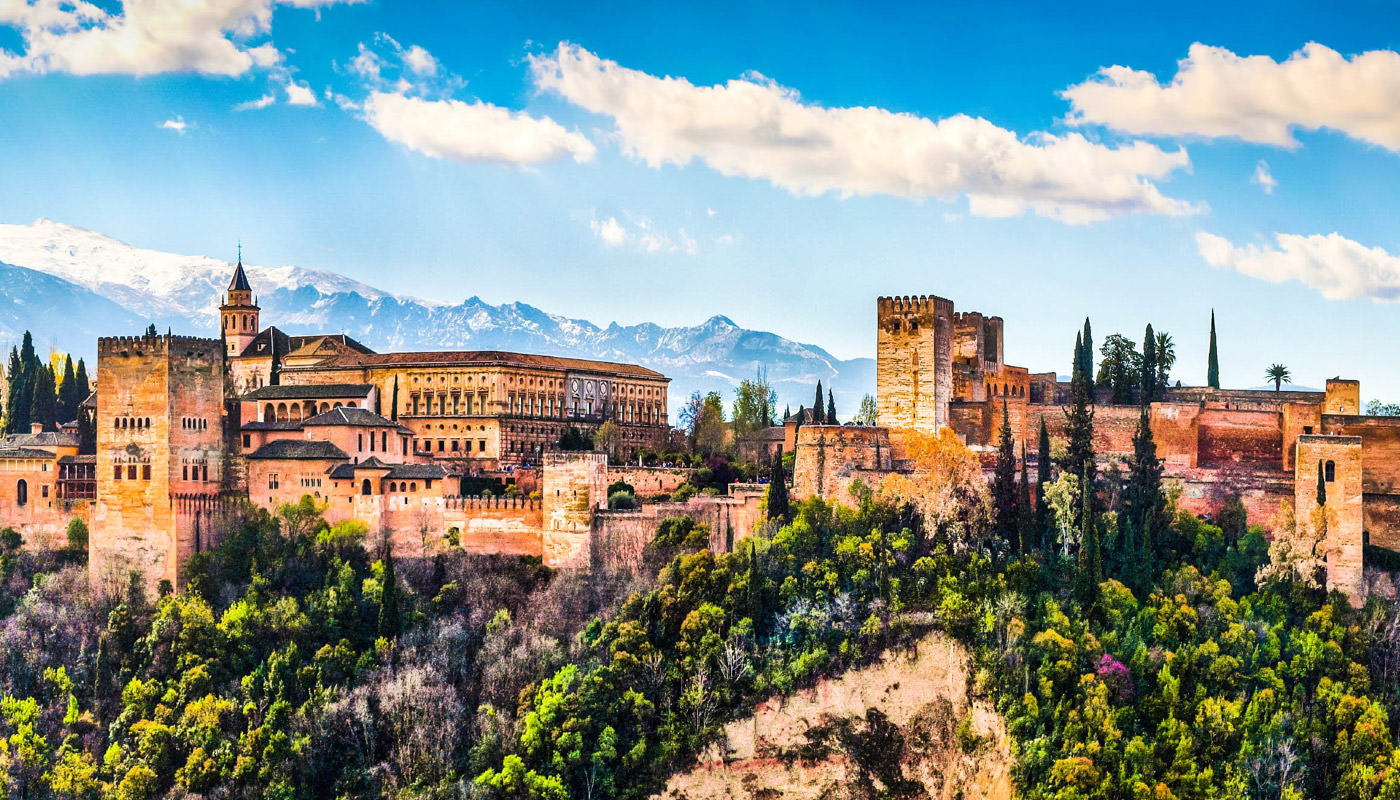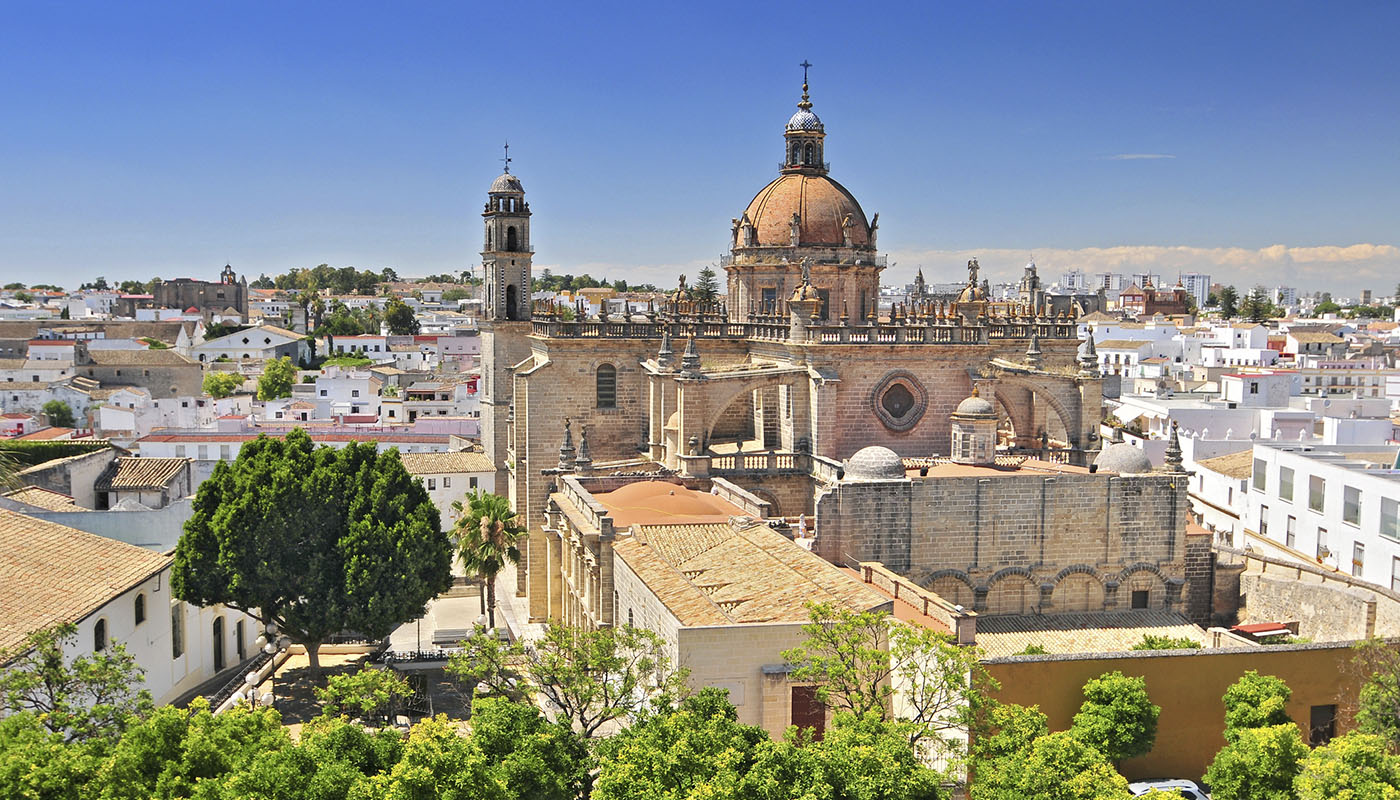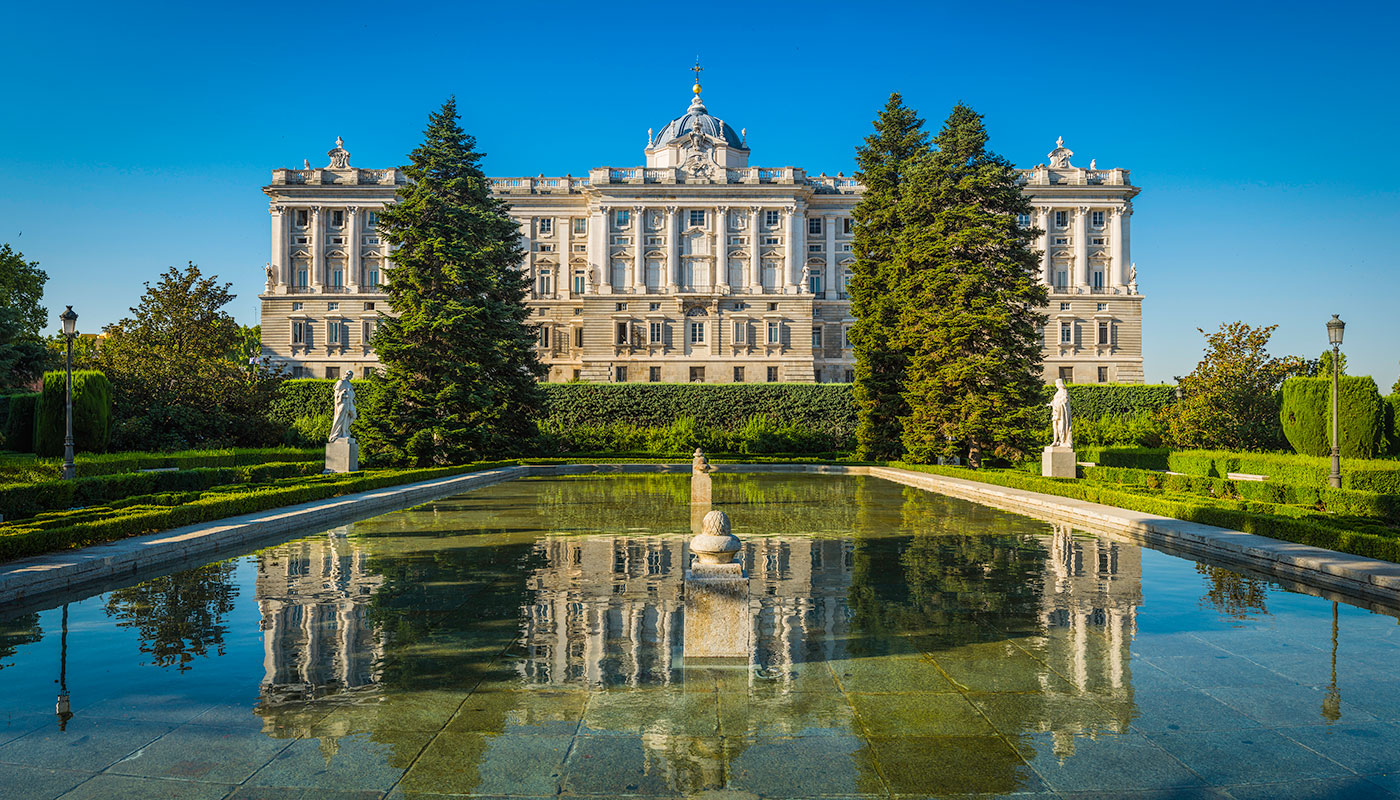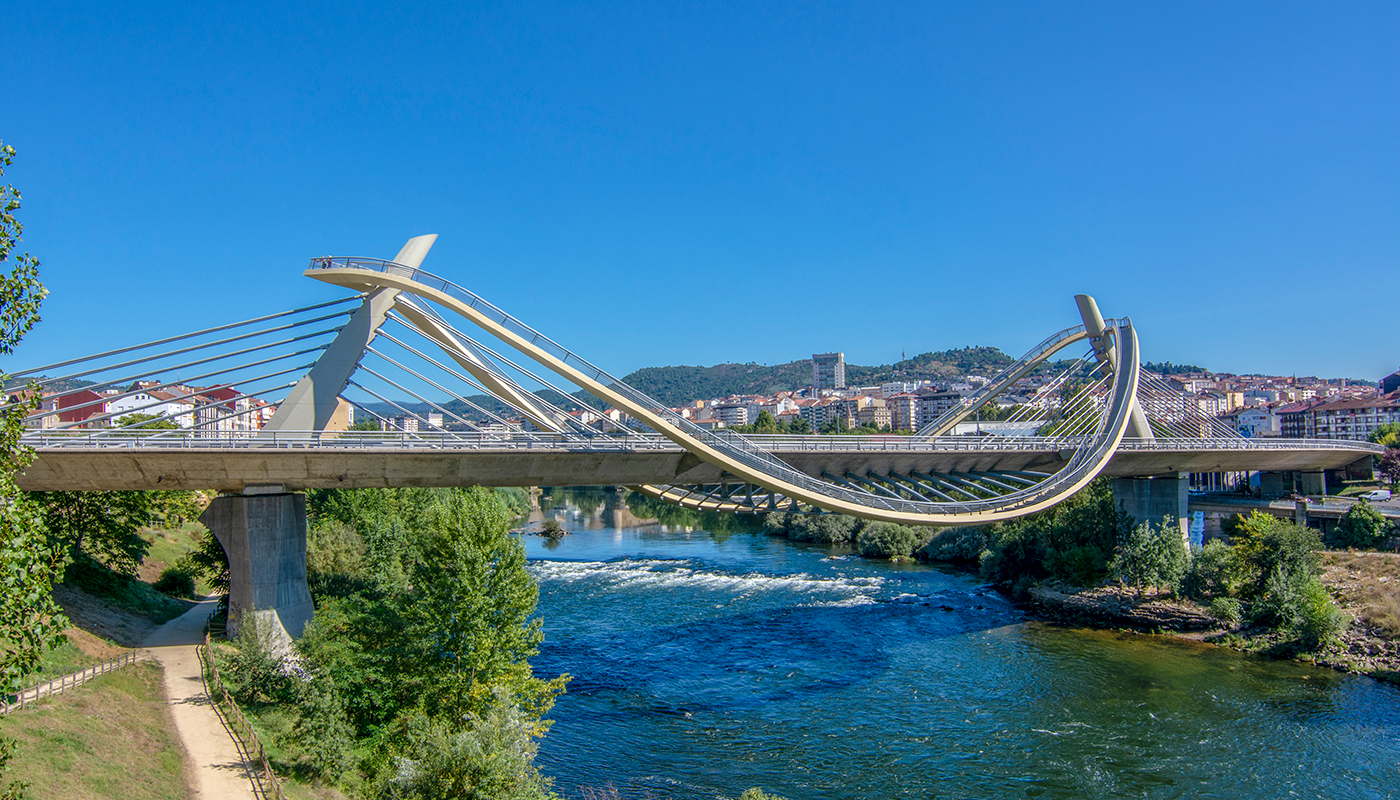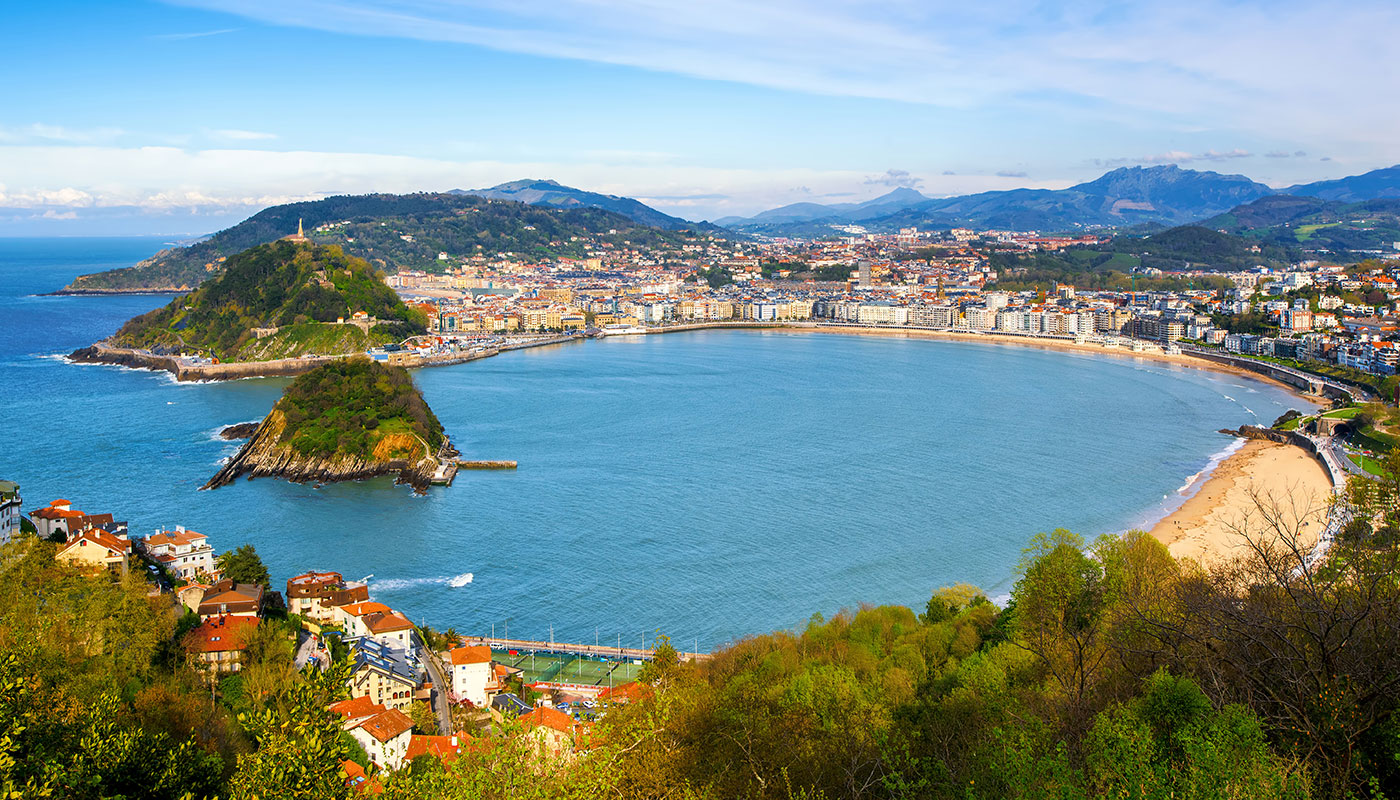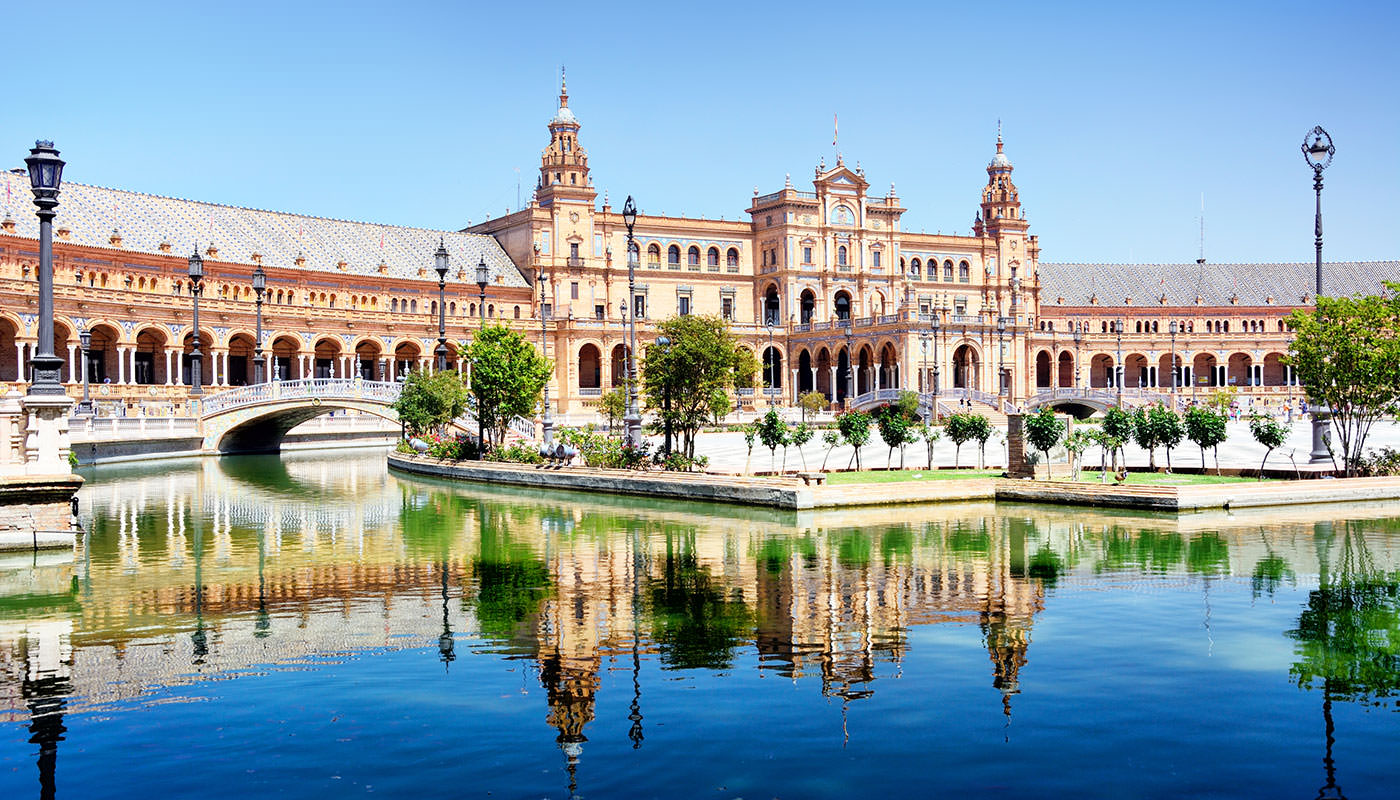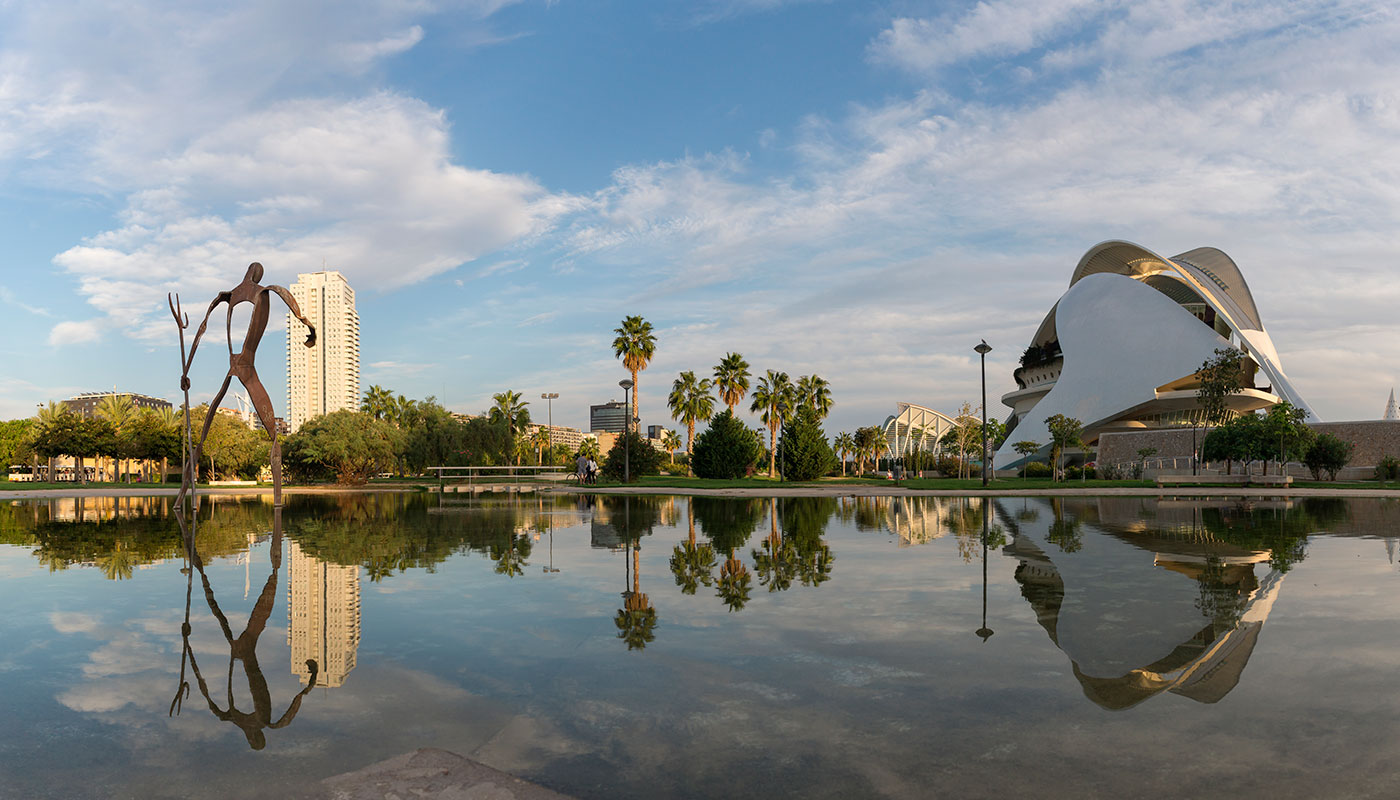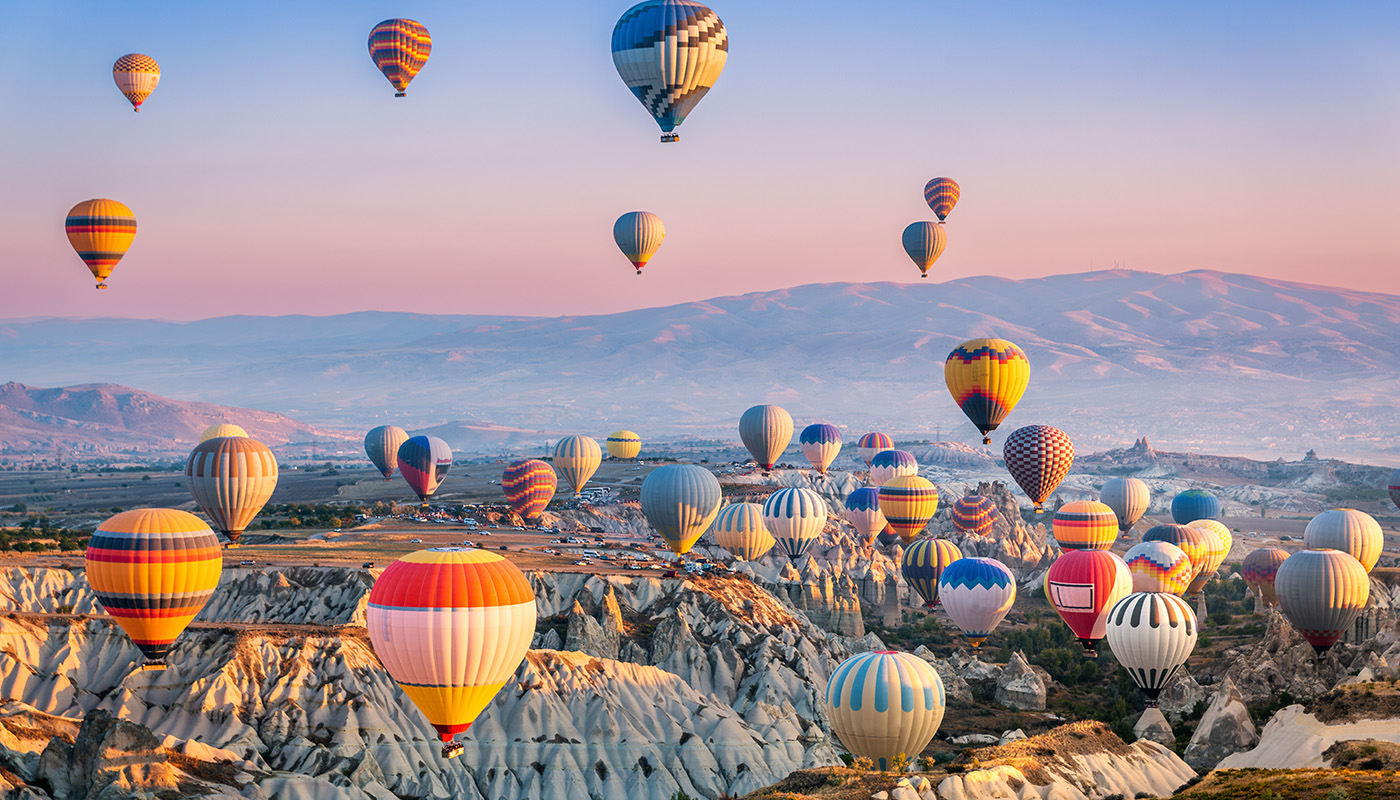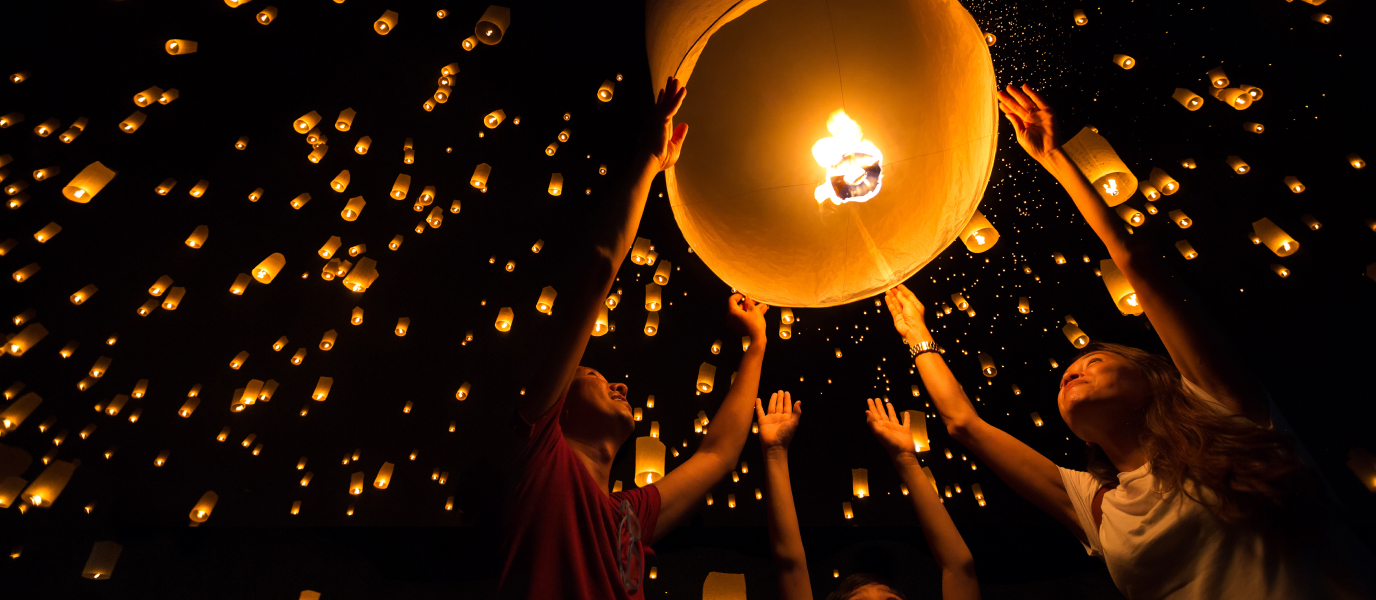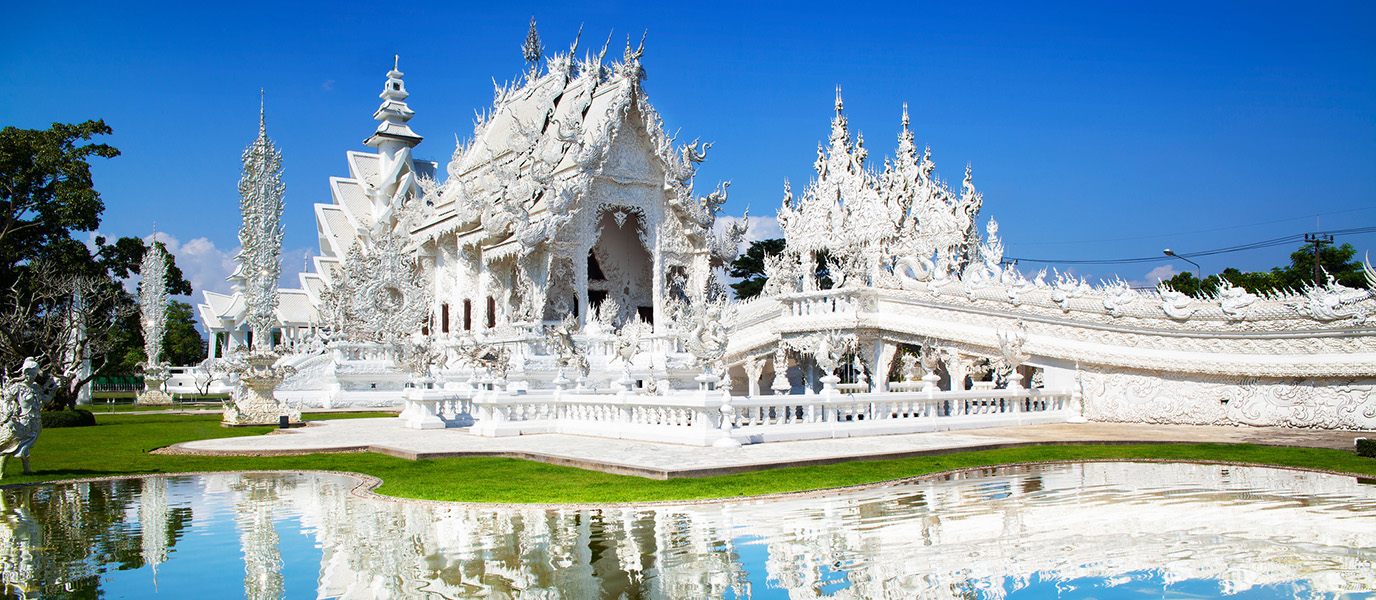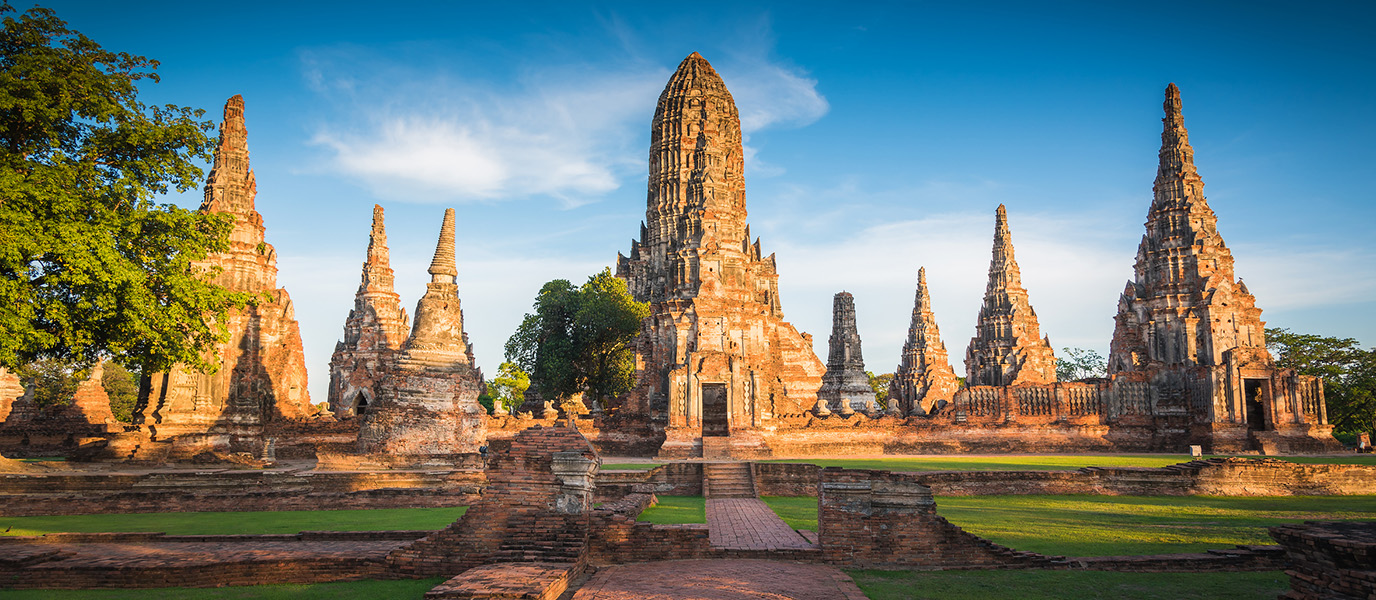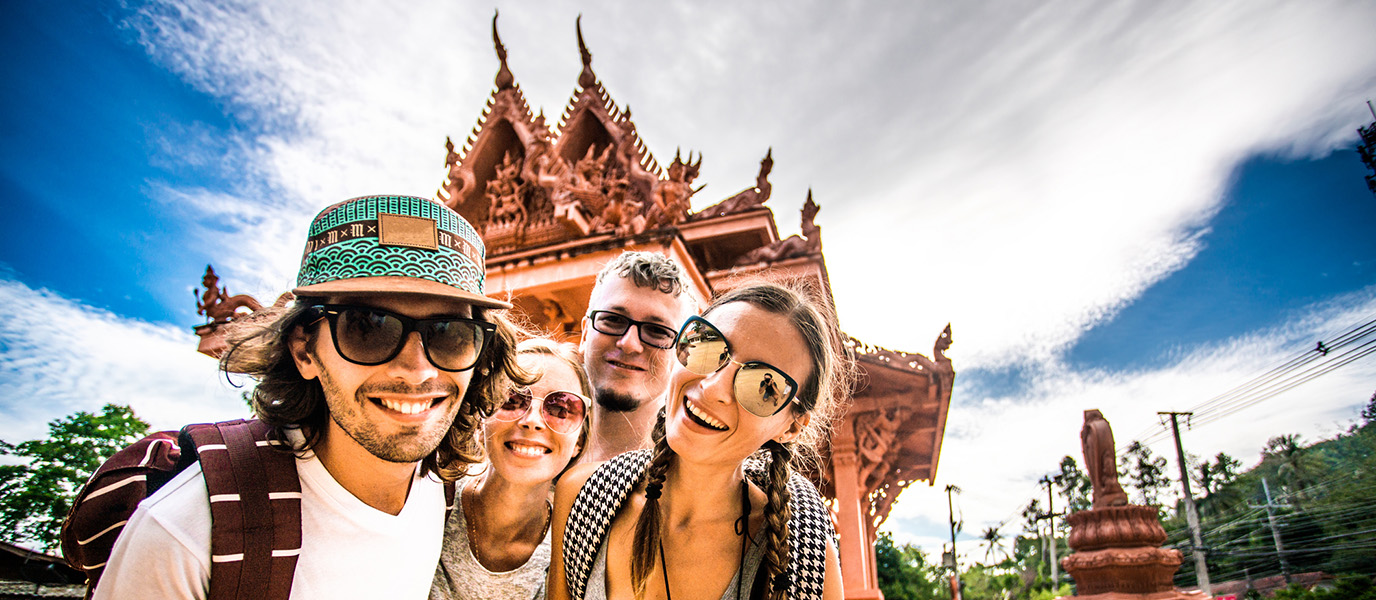Bangkok, the capital of Thailand, is in the far south, and Chiang Mai is opposite it in the north, about 700 km away. Nicknamed the ‘golden city’ and also the ‘rose of the north’, it’s the biggest city in northern Thailand and is a focal point for Thai Buddhism.
Surrounded by mountains and sitting in the Mae Ping basin, Chiang Mai was once the capital of the 13th century Lan Na Kingdom. Its historic centre is enclosed by walls and more than 300 Buddhist temples are dotted across a fascinating city that combines modernity and history.
It’s well worth spending two or three days in Chiang Mai to visit the Saturday and Sunday Walking Street Night Markets, the Old City, Doi Suthep (one of the holiest temples in Thailand), and to enjoy the food, among many other attractions. What’s more, if you have enough time and are keen on nature and adventures, the city is also a great base for visiting other places in the province where you can go trekking and rafting.
History of Chiang Mai
Chiang Mai literally means “new city”. It was founded in 1296 by King Mangrai as the capital of the Lan Na Kingdom, and it stands on the banks of the Ping River, under sacred Doi Suthep Mountain in a wide, fertile valley.
Mangrai built a moat and wall around the city to protect it from raids from Myanmar. The king was a practising Buddhist and ordered numerous temples to be built in the city, making Chiang Mai the main centre for Buddhism in northern Thailand.
Over time, the Lan Na Kingdom fell into decline and ended up becoming a colony of the First Toungoo Empire. Two hundred years later, following the Burmese–Siamese War, Chiang Mai become part of Siam in 1774.
From 1933 onwards, it was made a “province” of Siam. In 1932, after a bloody revolution and coup d’etat by military officials, Thailand’s absolute monarchy was brought to an end and the country had its first ever parliamentary elections.
Chiang Mai temples
If Chiang Mai is famous for one thing, it’s the city’s 300 Buddhist temples ‒ wat means temple in Thai. Most can be found in the historic centre, which is surrounded by the city’s ancient walls and moat.
Below are some of the most interesting and popular temples to visit in the city:
The oldest temple in Chiang Mai is Wat Chiang Mai, and it was built in 1296. King Mangrai lived here while he supervised the construction of the city, and it is also particularly notable for its stupa (a type of sepulchral monument and pilgrimage site containing religious relics) flanked by 16 elephants. The temple houses a marble Buddha (Phra Sila) and a crystal Buddha (Phra Satang Man).
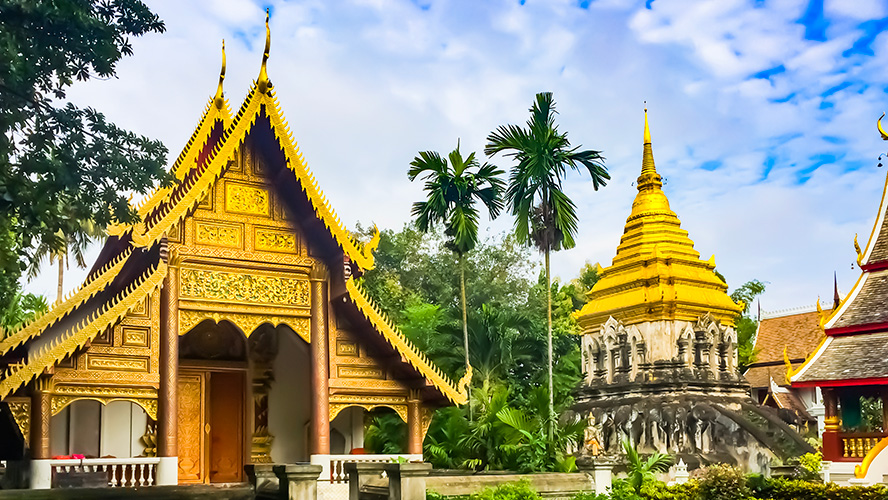
Wat Phrathat Doi Suthep is perhaps the most famous temple in Chiang Mai. It was built at the end of the 14th century and is set on a hill in the north-east of the city, giving visitors beautiful views over Chiang Mai. You have to climb 309 steps bordered by snake mosaics to reach the temple.
It’s one of the most important Buddhist temples in Thailand and an important pilgrimage site. Two of its most emblematic features are the gold-leaf-covered pagoda and the statue of a white elephant.

Wat Phra Singh is another of the most famous and largest temples in Chiang Mai and it was opened in 1345. It’s in the centre-west of the old town, on bustling Ratchadamnoen Street, where the Night Market is held each Sunday. It has a particularly noteworthy gigantic gold stupa.
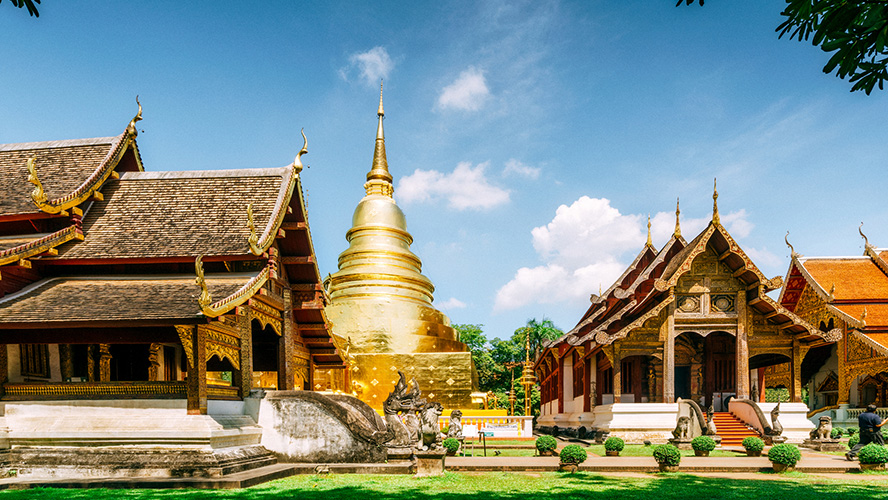
Wat Chedi Luang is probably the tallest building from old Chiang Mai. It dates from the 15th century and was built during the reign of King Saen Muang Ma, the seventh ruler of the Mangrai Dynasty. Although it is now in a state of semi-ruin, visitors never fail to be impressed by its size and grandiosity. It contains a huge statue of Buddha and a giant, sacred tree grows outside the temple, protecting its entrance.
Finally, Wat Umong temple stands at the foot of Doi Pou Mountain in a national park, and its buildings are set in wooded grounds. It was built in the 13th century and features meditation tunnels and a large, unpainted stupa. The tunnels are a place of worship, and parts of their ceilings are decorated with drawings of elephants and temples from the 13th-14th centuries.
The Old City
The Old City is the heart of Chiang Mai and dates from 1296, when King Mangrai founded the city as the capital of the Lan Na Kingdom. It is surrounded by ancient walls, many parts of which are still standing, and a moat.
The entrance gates are: Thapae Gate (east gate), Chiang Mai Gate (south gate), Suan Dok Gate (west gate) and Chan Puak Gate (north gate). Many of the hundreds of temples in the city can be found in the Old City. Travellers will notice architectural elements dating from the Lan Na Kingdom, the period when the city was under Myanmar’s rule, and Chinese culture.
In addition to visiting the city’s temples, tourists love wandering the area’s narrow streets and exploring its markets and small local shops.
Doi Suthep sacred mountain
Doi Suthep Mountain is around 12 km from the centre of Chiang Mai to the west. It soars up to an altitude of 1,676 m and has second similar peak, Doi Pui, which is even taller at 1,685 m.
Covered in a lush green, Doi Suthep is in Doi Suthep National Park, a beautiful place full of waterfalls and small farming villages.
The mountain is considered sacred because it is home to Wat Phra That Doi Suthep temple; the temple is at an altitude of 1,000 m and is one of the most important pilgrimage sties in Thailand. It is also a wonderful viewpoint over the wide valley. You have to climb 309 steps flanked by snake mosaics to reach the temple, or you can take a funicular that carries you up to the holy Buddhist site.
Markets
Chiang Mai is packed with street markets. The most famous ones are the Chiang Mai Night Bazaar and the Saturday and Sunday Walking Street Night Markets.
There are several night markets in the city, but the Chiang Mai Night Bazaar is the most popular. It is held at the junction between Chang Khlan Road and Loi Khro Road, near the wall. You’ll find everything you can imagine at the market: clothes, hand-crafted goods, jewellery, all kinds of street food, and you can even enjoy live music.
If you’d like to visit the Saturday Walking Street Market, head to the south of Chiang Mai Old Town. Just like the Night Bazaar, you’ll find all kinds of goods here. The Sunday Walking Market is also held in the historic centre of Chiang Mai and takes place in Ratchadamnoen Street. As well as shopping, the market also has music and dance shows at night.
Loy Krathong
The Loy Krathong festival is Thailand’s biggest annual festival and is held during the night of the full moon in the twelfth month of the traditional Thai lunar calendar. If you use the Western calendar, it usually falls on a day in November.
Loy means ‘flow’ and a krathong is a type of small floating basket about a hand’s width in diameter, traditionally made from woven banana leaves and decorated with more leaves, incense, a candle, and coins. These little boats are set into the river during the night and can be bought at street stands.
The Loy Krathong festival coincides with the Yi Peng Lantern Festival when people launch lit paper lanterns into the sky that are born away by the wind.
Things to see nearby
One of the biggest attractions of Chiang Mai is its surroundings because the natural spaces around the city are perfect for hiking in the mountains, rafting, and visiting elephants, among other activities.
For example, Doi Suthep-Pui National Park is just over 10 km by road from the city. In addition to climbing up to Doi Suthep temple, it’s well worth hiking a trail through hills covered in dense forests, visiting a village and meeting the people, discovering spectacular waterfalls, etc.
Doi Inthanon National Park is also nearby and is just over 90 km by road from Chiang Mai. If you’d like a fun day out, spend the day in the park, admire Mount Inthanon (the tallest mountain in Thailand at 2,565 m) and hike a trail. People normally head to the summit by car, and trails run through the woods. There are two large pagodas and many beautiful waterfalls; it’s also one of the best places to spot birds if you’re a bird-watching enthusiast.
Finally, Chiang Mai is a fantastic place to meet elephants up close. Nature reserves include the Elephant Nature Park (60 km from Chiang Mai), a shelter and centre for the recovery and protection of these animals, which are highly venerated in Thailand.
Where to eat
If you’d like to sample local food at street stands, head to Halal Street for some traditional noodle soup, and markets such as Talat Pratu Chang Pheuak where you’ll find the famous braised pork leg with rice, grilled tilapia, and roasted chicken with spicy papaya salad.
Popular restaurants include Ginger & Kafe @ The House (199 Moonmuang Road) which serves international-style Thai food, Thai-style salmon tartar, and creative cocktails. Another great spot is The Service at 1921 House (123-123/1 Charoen Prathet Road Anantara) where you’ll find pan-Asian food in the colonial elegance of the former British consulate.




